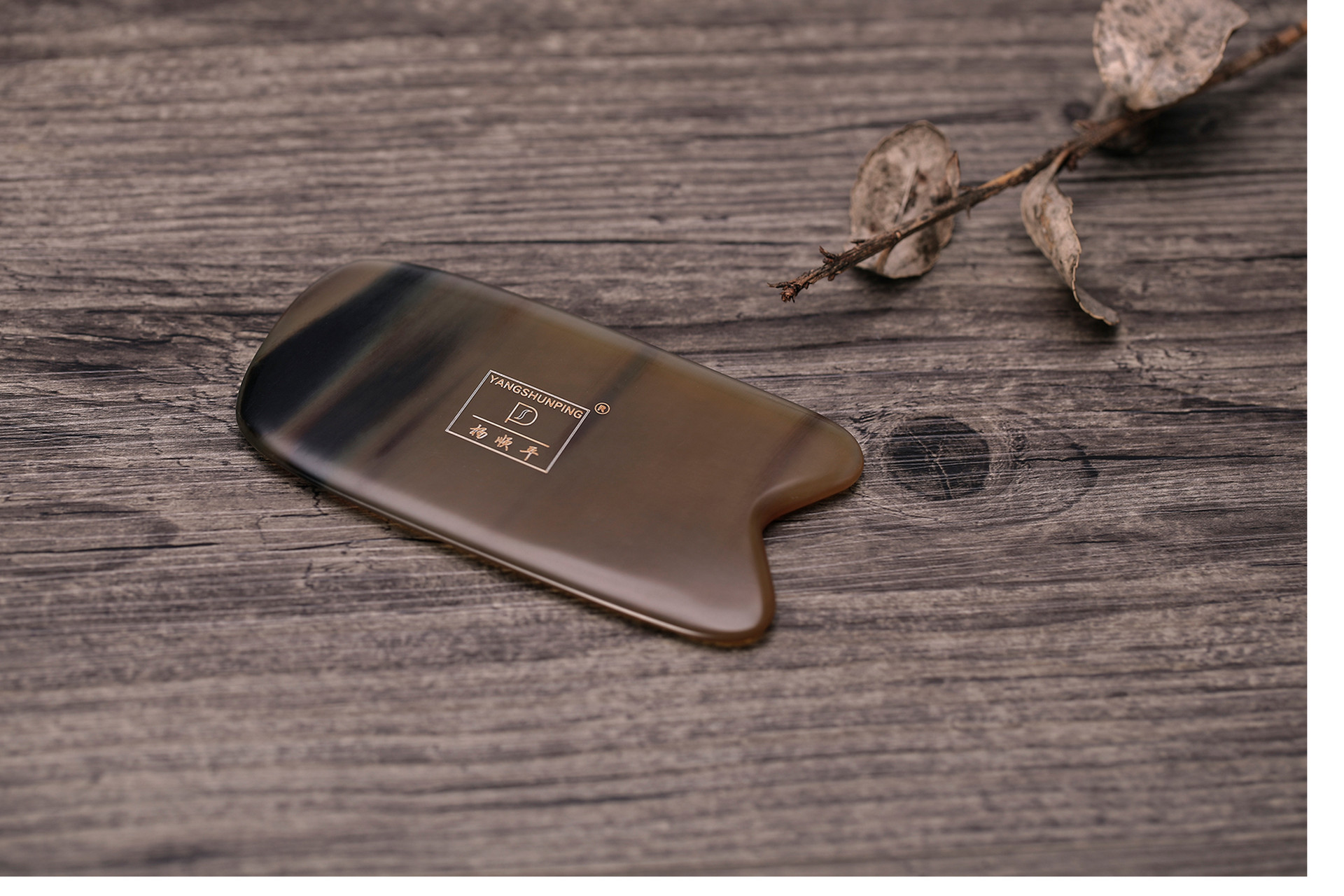Gua sha, as a non-pharmaceutical traditional therapy, has been passed down for thousands of years in our country, especially among the elderly who have a strong belief in gua sha. They may have spent a lot of money on medication and injections without seeing improvement, but gua sha immediately shows results. Gua sha is based on the theory of skin in traditional Chinese medicine. It involves scraping the skin with a gua sha board on relevant areas to promote the flow of meridians, activate blood circulation, and dispel stasis. However, when practicing gua sha for self-healing, it is important to be aware of the contraindications to prevent accidents. So, when should gua sha be avoided?
Firstly, gua sha should not be performed within one hour after a meal. It is also not recommended for those who are too full, too hungry, or excessively fatigued.
Secondly, gua sha is not suitable for patients with skin diseases. It should be avoided by those with edema, diabetes, and heart disease.
Thirdly, gua sha should not be conducted on patients with hemophilia, purpura, or other bleeding disorders.
Fourthly, patients with low blood pressure, low blood sugar, excessive weakness, and extreme sensitivity to pain should undergo gentle gua sha.
Fifthly, pregnant women, infants, or young children should undergo gua sha under the guidance of a qualified physician.
At the same time, since gua sha can cause certain damage to the skin, it is normal to experience pain at the treated area within 2-3 days after the treatment.




